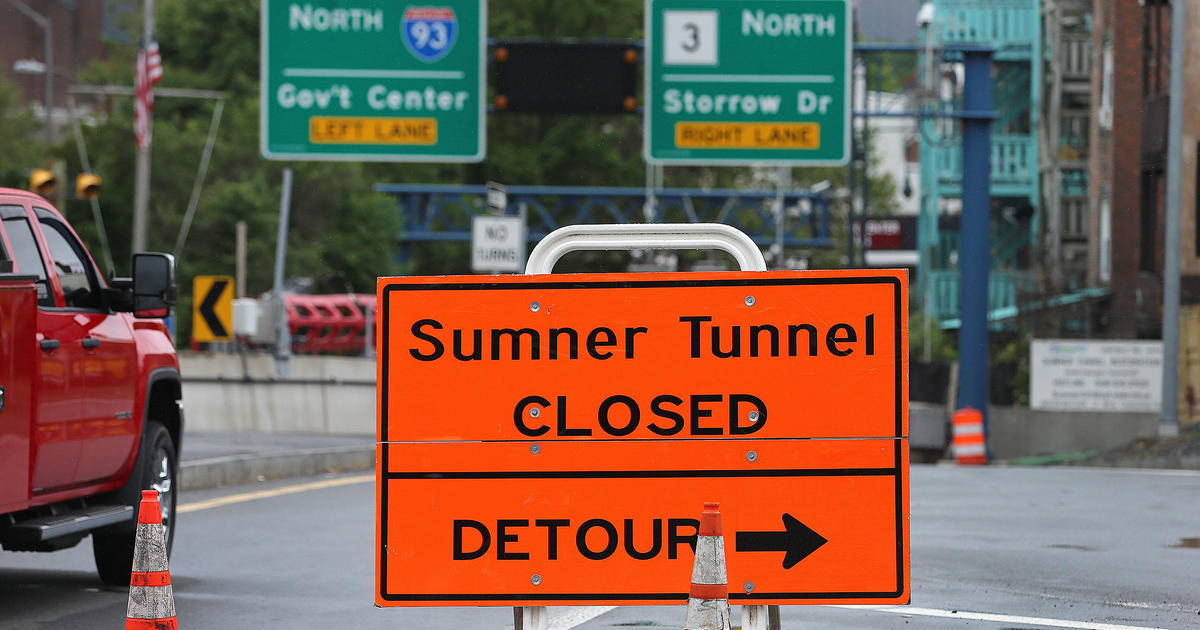My Winter Outlook
Short-term weather forecasting is very tricky business. It can be frustrating, challenging and rewarding. The chaotic nature of the fluid atmosphere will probably always limit our ability to specifically predict the weather beyond a theoretical threshold of 7-10 days. Different patterns create various levels of confidence and accuracy. It is a complex science of gargantuan proportions.
Beyond our curiosity about the future, the fascination of seasonal climate forecasting is naturally linked to a huge variety of socio-economic applications. There now exists real science behind seasonal weather prediction and the accuracy has improved significantly. Government agencies such as the Climate Prediction Center run climate models that predict weather patterns months in advance. There is amazing connectivity between the oceans and the atmosphere and scientists have worked dilligently over the years to gain greater understanding of this link. Thus far, based upon the extensive research of scientists in and out of the government sector, there are at least a dozen prime factors that must be studied for global seasonal forecasting. These include specific atmospheric and oceanic oscillations such as ENSO, the QBO, the NAO, the PDO, the AMO, the PNA, the MJO, permutations in the phases of these oscillations, the solar cycle, geomagnetic activity, recent volcanism, storm track data, fall temperature and precipitation patterns including extent of snow cover from Siberia into western Canada, etc. It is a veritable atmospheric Rubik's cube and the finesse is determining which factor(s) will be dominant.
If you desire a technical, detailed discussion, read this paragraph otherwise scroll down to the conclusion about the winter ahead. Following last winter's weakening La Nina, we are now facing our first ENSO-neutral or warm-biased La Nada or weak El Nino winter since 2003-04. Without a strong signal of El Nino or La Nina projected for most of this winter, other factors are weighed for dominance. One of the most paramount pieces of the puzzle is the phase of the AO/NAO. When negative, this oscillation manifests itself in atmospheric blocking of high pressure in the Greenland/Davis Straits area. This shoves the jet stream farther south and can lead to potential coastal storms for this area into the Mid-Atlantic region. Last winter, the only area that didn't receive a harsh winter in the northern Hemisphere was much of North America! It turns out that a disrupted warm pool in the North Atlantic stopped the blocking induced by the stratospheric warming from expanding from Europe and the eastern Arctic into Greenland. Thus the NAO was very positive along with a very negative PDO and a neutral AMO. Initial expectations indicated that the AMO would turn positive and the NAO flip negative when the stratosphere warmed based upon analog years associated with second year La Ninas. So it was considered an outlier year due to this failure. Another key factor is the QBO which was in transition to the easterly phase during last winter. This year, it is already easterly which is linked to sudden stratospheric warmings especially when the solar activity is low. Presently, the solar cycle is at a max but the solar input is very low relative to other maxes of the past. Easterly QBOs are more favorable for cold and blocky patterns but they can also force coastal storms out to sea. The extremely negative NAO of 2009-10 resulted in record-breaking snows in the Mid-Atlantic region. Another reason that the AO/NAO should be frequently negative this winter is due to the record low Arctic Sea ice. The NAO has already been trending negative and was the key in turning Superstorm Sandy westward into NJ. There is an element of uncertainty in the strength of some of these more important indices. The dominant cast of characters for this winter is comprised of an easterly QBO, a cold PDO, a warm AMO, a near neutral ENSO, frequently negative NAO, a weak solar maximum, etc. Analog years would be 2003-04, 2009-10 and 1968-69.
In conclusion, no two consecutive winters are alike. In fact, they can be a study of contrast. This rang loud in the 1990s when Boston's 1993-94 snowfall of 96.3" was followed by only 14.9" in 1994-95 then a whopping record of 107.6" in 1995-96 down to 51.9" in 1996-97. IMO, last winter's record warmth and lack of snowfall is a once in a lifetime occurrence. It is a no-brainer that this winter will be colder and snowier than last winter. How much snowier and colder is the real question. Based upon the present and predicted indices of the varous climate factors and considering analog years, I am postulating a colder to much colder than average winter overall with bursts of milder air from time to time. The indicators favor a jet stream pattern of a mean ridge in the middle of our nation with deep troughs of low pressure just off the West Coast and near or just off the East Coast. A strongly negative NAO may result in cut-off low pressure circulations off the East Coast farther south of New England. Based upon the analog years above, Boston's snowfall of 35-36" occurred in the 2003-04 season and the 2009-10 season. About half of the 1968-69 total of 53.8" was realized during the famous 100-hour snowstorm from February 24-28. Consequently, I am predicting below to near average snowfall in much of the region with a chance that one or two big ocean storms could be tucked closer to the coast thereby enhancing the seasonal total above the average which for Boston's Logan Airport is 43.8". The WBZ AccuWeather Team Winter Forecast was issued last Wednesday. Click on the link to read the story from our Executive Weather Producer, Terry Eliasen, then watch the video of the interesting team report produced by Joe Joyce. It essentially mimics the bullet points that I have elaborated on in my winter outlook. The dominant factors seem to dictate a snowfall slightly below average to slightly above but we all believe that the final seasonal snowfall total will depend upon the magnitude of the blocking giving direction to the precise location of a couple of powerful ocean storms. Tucked in closer to the coast will certainly yield snowfall above average while a shift farther at sea delivers a seasonal total slightly below average. In any event, there should be plentiful cold air for efficient snow-making over ski/snowboard country plus the higher potential of lake-effect snowsqualls delivering some decent snows to especially the Vermont resorts. I expect January to be much colder than average with December and February near to slightly below average. March transitioning leads to near to slightly above average temperatures.
Reviewing last year, the initial forecast of above average snowfall was revised sharply downward at the end of November based upon the temperature trend for that month. We ended up with a record-breaking warm November with the temperature an unbelievable 5.7 degrees above average! A interesting study encompassing only 15 years revealed Novembers of more than 3 degrees above the average yielded winter snowfalls well below the average. Consequently, in one of my late November blogs, I cut the snowfall prediction from the initial prediction of 55" down to 15-20" for Boston and the total ended up at a scanty 9.3" which is the second least snowy winter in over 140 years! November 2012 is running more than 2 degrees below the average which is more favorable for a snowier winter.
Finally, over the past several years, the WBZ AccuWeather Team has learned much about the global climate and its variability by following the highly respected brilliant meteorologist, Joe D'Aleo. His extensive research and knowledge of this complex field is nothing short of extraordinary. We thank Joe for his commitment and guidance. You can also follow the work and findings of Joe D'Aleo and Joe Bastardi on WeatherBELL. For more fascinating information on climate change, visit Icecap.
You can enter the WBZ Snowfall Contest and guess the amount of snow that will fall at Boston's Logan Airport in the period from October 1, 2012 to April 30, 2013. The winner receives a season pass to Mt. Wachusett for the 2013-14 season. Good Luck!
With certainty, astronomical winter begins with the solstice at 6:12am on December 21st. It is the earliest arrival of winter since 1896! Have a great winter!



